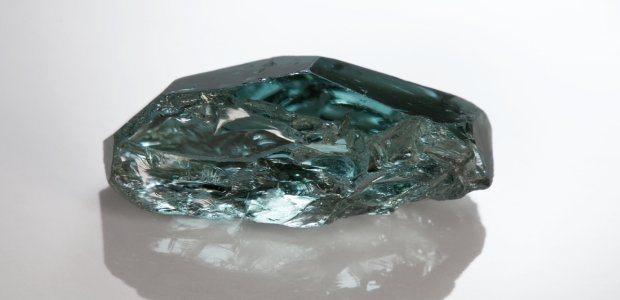Generating electricity through alternate sources is very essential to our future generations as the new sources will be safer for the environment and at the same time also be available in abundance like solar energy and wind energy for example. One such source which could be quite fruitful in generating electricity is, believe it or not, through a gemstone called Tourmaline.
Back in 314 BC, Greek philosopher Theophrastus noticed something strange. When the gemstone tourmaline was heated, it produced static electricity, attracting bits of straw and ash to its surface. Now this ‘pyroelectric effect’, as it is known, could help to bring about the widely predicted sensor revolution.
Scientists in the US and China are investigating which materials produce the most electricity when heated and cooled, with the aim of producing practical amounts of power. They say that this is achievable within the next five years. “From the ’90s to 2000, the world was driven by the development of IT technology,” says Zhong Lin Wang, a professor of engineering at Georgia Institute of Technology in the US. “The last decade was driven by internet technology and, in the near future, it is predicted that it will be driven by the development of sensor networks. A huge number of sensors will be implemented and we need power sources for them.”
Powering each sensor in a large network using batteries would be impractical, but Wang says his tiny ‘pyroelectric nanogenerators’ can provide some of the energy, making use of waste heat or even temperature fluctuations through the day. Other nanogenerators, perhaps picking up on vibrations or generating solar power, will help too. When pyroelectric materials, such as the one discovered by Theophrastus, are heated or cooled, one side expands or contracts more than the other. As the atoms within it shift in relation to one another, one side of the material becomes slightly more positively charged than the other, creating a current. It’s the temperature change, rather than heat, that provides the power.
Zinc oxide has been found to be among the materials particularly effective at producing electricity in response to temperature changes. “The first stages have been to demonstrate that this effect can be used to power electronics and experiment with different materials,” says Wang. “The next stage is to improve the output to truly drive electronics.
Let us hope that such research-driven technologies will provide an alternate means of producing electricity in the near future.
-end-


































